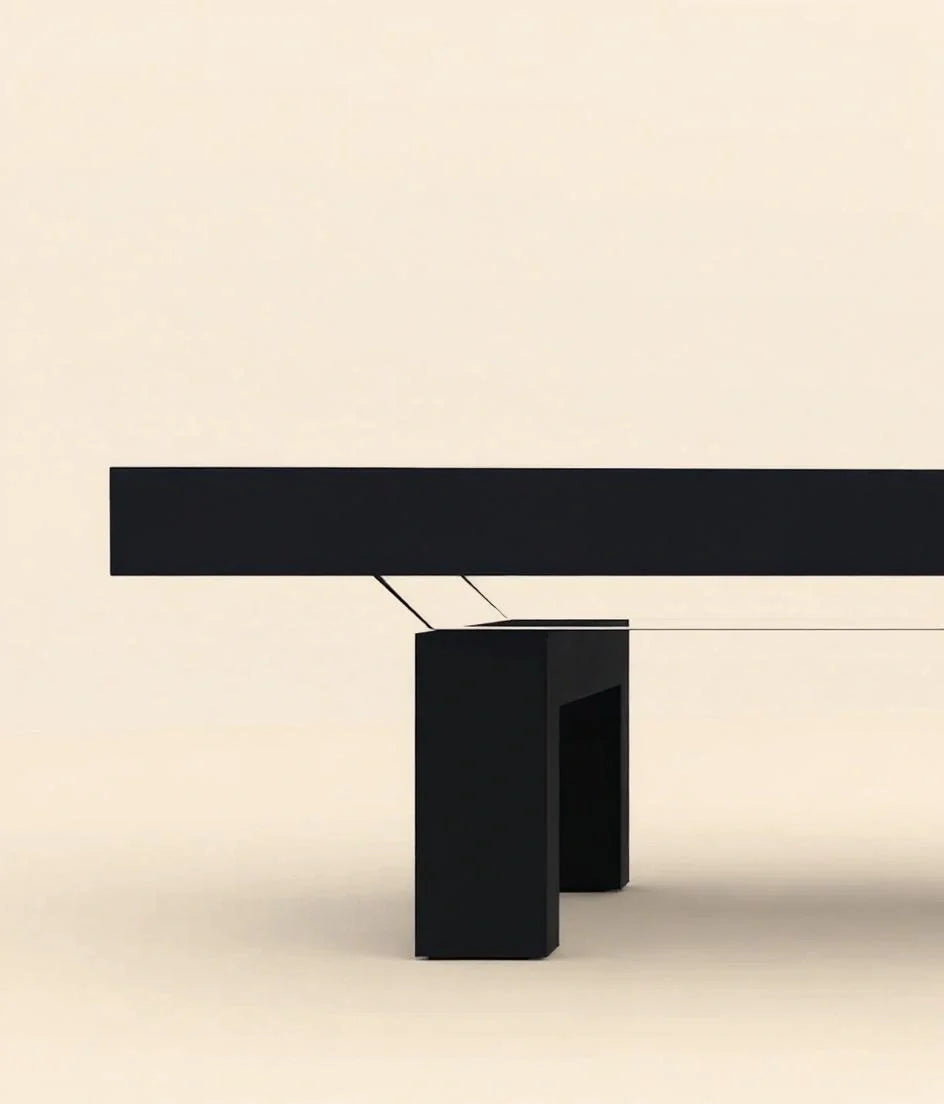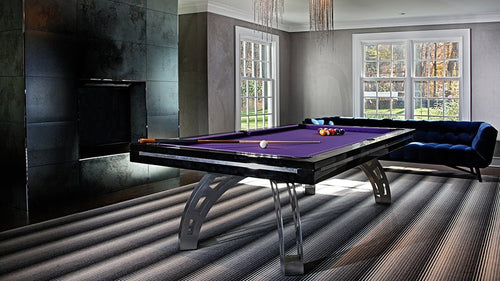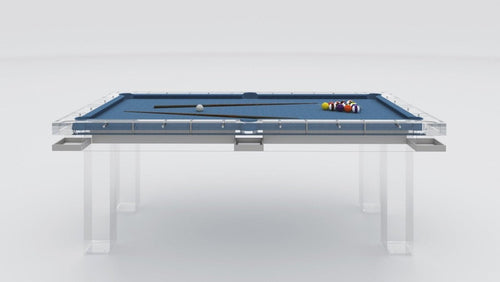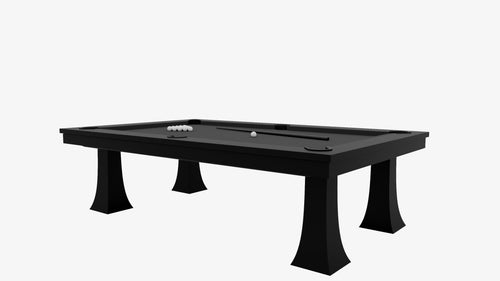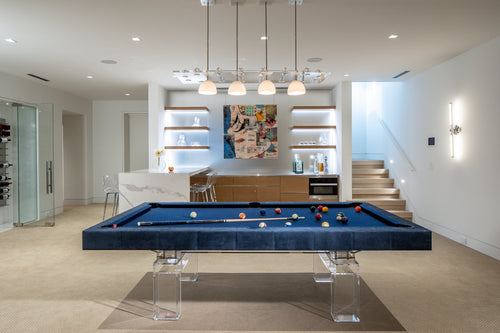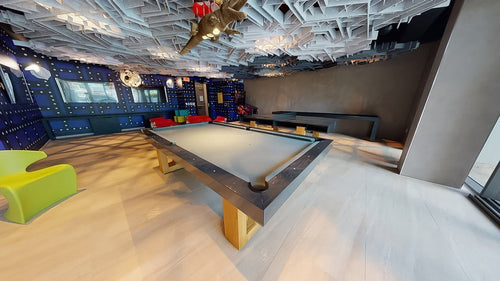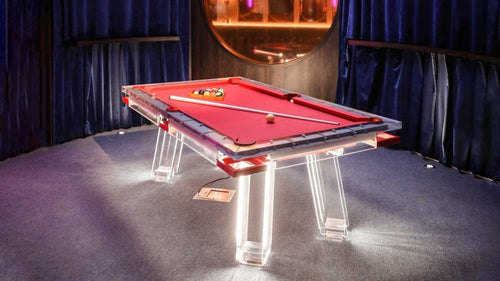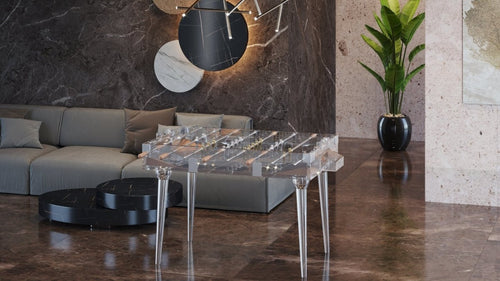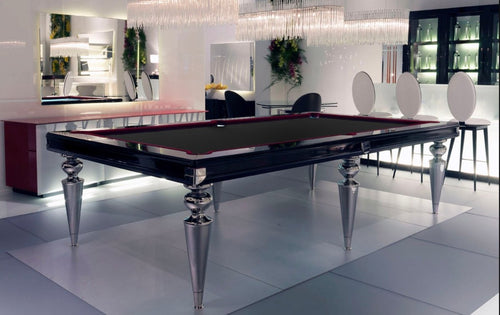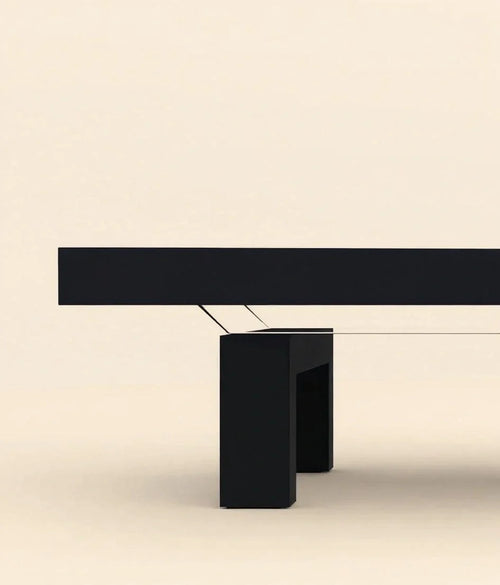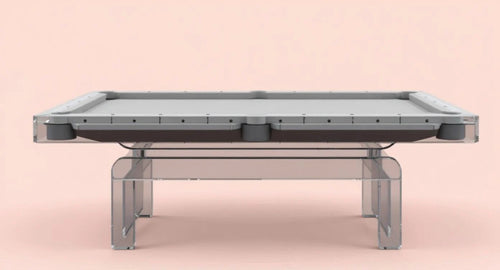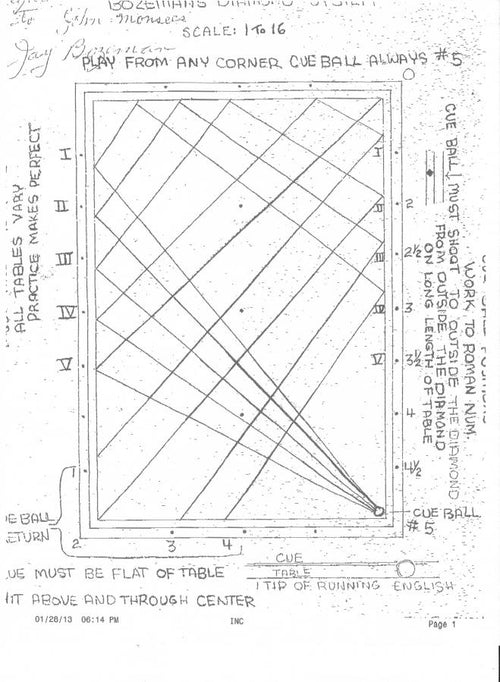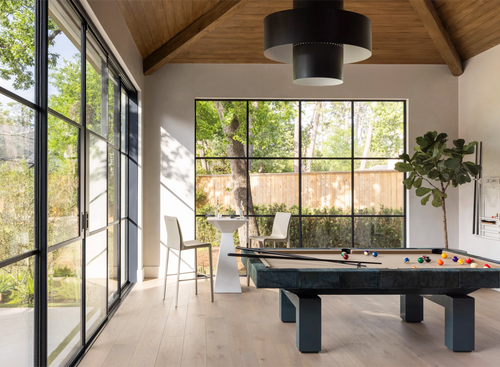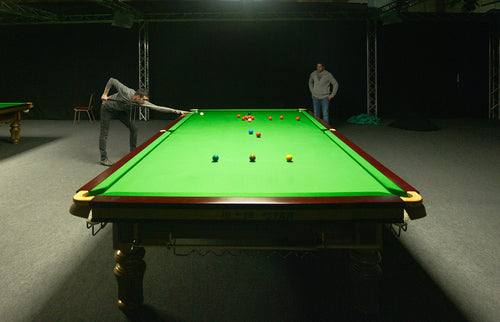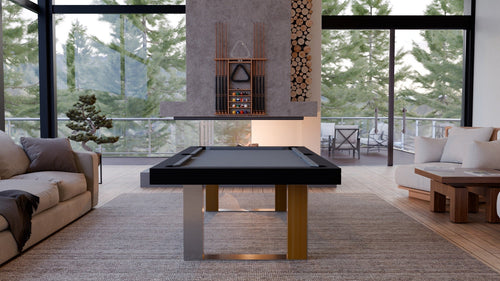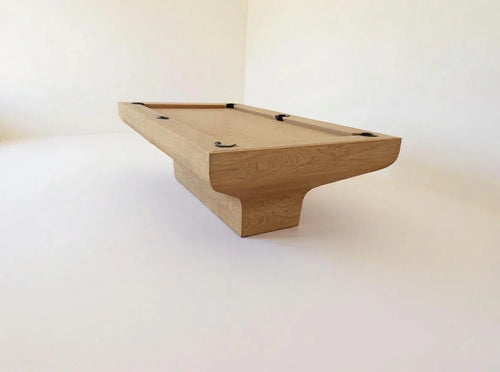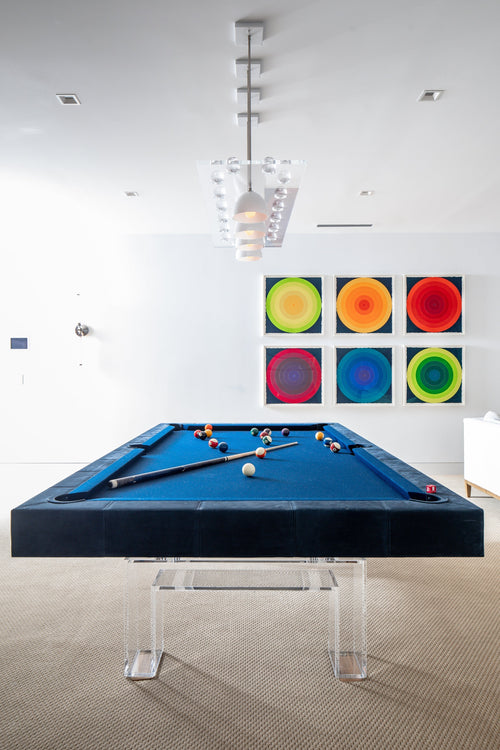Enjoy our modern designs
Cloth isn’t decoration—it’s the playing surface. Its type and condition change speed, spin, consistency and strategy.
When you step up to a table, the surface beneath the balls has more influence than most players realize. The cloth (often called “felt”) doesn’t just cover the slate—it dictates speed, spin, consistency, and even strategy. A player who understands cloth types and conditions has a serious edge over someone who just blames a “fast” or “slow” table.
Worsted vs. Napped Cloth
Worsted Cloth (Tournament Blue / Simonis style)
- Feel: Smooth, fast, no nap.
- Performance: Balls travel farther with less effort. Spin holds longer; cue-ball reactions stay crisp.
- Usage: Standard for pro tournaments and high-end rooms.
- Pros: Extremely consistent, durable, less prone to tracks/burn.
- Cons: Mistakes are magnified—overhit and it sails.
Napped Cloth (Traditional Green)
- Feel: Brushed surface with directional fibers (like velvet).
- Performance: Slower; spin burns off quicker; balls “dig in.”
- Usage: Common on bar boxes/pub tables.
- Pros: More forgiving on touch shots; beginner-friendly.
- Cons: Grooves develop quickly; wears faster; consistency drops.
Worsted = precision/consistency. Napped = accessibility/forgiveness.
How Cloth Condition Changes Play
- Brand-new cloth: Lightning quick. More slide before friction; spin carries farther.
- Broken-in cloth: Slightly slower but predictable—many prefer this sweet spot.
- Worn cloth: Bald patches and grooves; slight wobbles; draw/follow need more effort.
- Dirty cloth: Chalk/grime cause random skids, “kicks,” and lost position.
Two tables with the same brand can play very differently depending on age, maintenance and environment.
Speed and the Player’s Adjustment
- On fast cloth: Shorter, softer strokes; minimize cue-ball travel; be cautious with draw—it’ll come back more.
- On slow cloth: Hit firmer; commit to spin; expect shorter travel and plan extra power in routes.
- Testing tip: Before a set, hit stop, follow and draw the full length once or twice—instant read on the day’s speed.
Other Factors Affecting Cloth Speed
- Ball condition: Clean/polished runs faster; chalk-caked slows a lot.
- Humidity: Moist air softens fibers → slower table (basements feel heavier than climate-controlled rooms).
- Lighting heat: Old hot fixtures can dry cloth and speed it up; LEDs avoid this.
Maintenance Tips
- Brushing/Vacuuming: Light one-direction brushing or soft-hose vacuum keeps fibers aligned and dust-free.
- Covering: Use a table cover to block dust, sunlight and spills.
- Humidity control: Keep the room around 40–50% for consistency.
- Ball cleaning: Clean balls regularly to prevent chalk grinding into cloth.
Choosing the Right Cloth
- Home/casual: Napped—affordable, forgiving, great for social play.
- League/tournament prep: Worsted—practice on what you’ll face.
- Durability: Quality worsted (e.g., Simonis, Gorina) can last years with care.
- Budgeting: Factor in install cost and room climate (humidity control pays for itself).
Final Thoughts
The cloth is the field of play—and its type and condition shape every shot. From lightning-fast worsted to forgiving napped, knowing how speed and wear bend your cue ball gives you an immediate edge.
A great player adapts instantly: soft strokes on fast tables; power and committed spin on slow ones. Before you break, test the cloth, read its speed, and let that guide your decisions.


